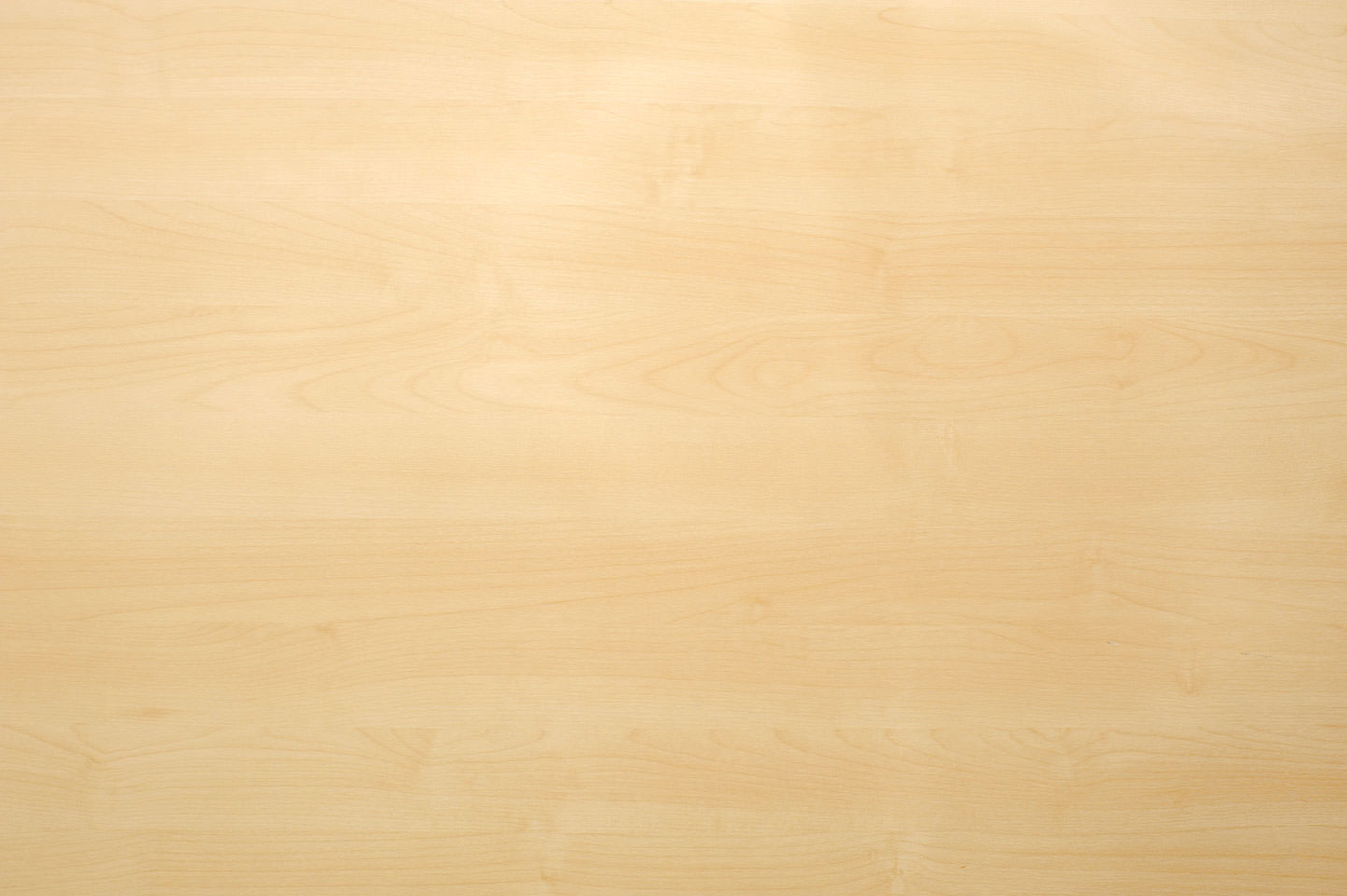

on campus
6
st. lawrence university magazine | fall 2014
8
The Out-of-Home Immersive Entertain-
ment Frontier
(Gower, 2014), co-authored
by
Michael Mascioni ’76
, includes a
detailed overview of the Digital Out-
of-Home Entertainment sector as well
as exclusive interviews with over 60
executives directly linked to the creation
and development of one of the fastest-
growing technology sectors. These forms
of interactive technology are transform-
ing the customer experience in shops,
cinemas, museums, almost any environ-
ment where consumers are congregating.
Mascioni is a market research consultant,
writer, and conference planner in
digital media.
9
Diane Doyle Parrish ’54
is the author
of
The Story of the Columbian Dolls: How
the Adams Sisters Saved the Family Farm
(self-published, 2013). More than a story
about a doll, this is a memoir of a family
and a tale of two sisters (one of whom
was the author’s grandmother) becoming
large-scale entrepreneurs in an era—the
late 1800s–when most women did not
work outside the home.
and delves into the tests and trials of
adulthood and “embracing life and
aging in the 21st century,” according
to a publishers statement.
5
Pete Henry ’66
has written a novel,
Hard Chargers from the Sky
(self-pub-
lished, 2014), which can be located
on Amazon Kindle. A historical novel
about Lt. “Rye“ Anders and his passage
through the Vietnam War, it is based
on real events that Henry, a decorated
veteran of the war and Agent Orange
survivor, experienced in 1967-68 as an
artillery officer. “Bold dialog and true-life
actions, many unreported, are the foun-
dation for the book,” he says. “Armchair
generals in Washington devise a crazy
strategy, an experiment. A pattern has
been set for wars that follow.”
6
Better late than never, we call attention
to a collection of poems by
David Lloyd
’75
, director of the creative writing
program at Le Moyne College.
War-
riors
(Salt Publishing [London], 2012),
“The historic and domestic subjects
are drawn from myth, history, popular
culture, family, the animal world and
the environment,” according to the
publisher’s website. “In addressing public
and private conflicts and transnational
borders,
Warriors
uses an array of forms:
the sestina, the parable, the lyric, the nar-
rative, the poem sequence.”
7
Christopher Lockwood ’68
remembers when he would fall asleep
reading stories to his children. So he’s
written a whimsical tale that’s light,
entertaining and short enough to keep
a tired parent awake.
The Tennis Ball
Trees
(Maine Authors Publishing,
2013), Fannie the Labrador retriever
loves tennis balls. But how can she
guarantee herself a steady supply of
her favorite toy?
laurentian
Reviews
We provide information on books by alum-
ni and others on a first-come, first-served
basis. Books that do not receive attention
here will be recognized in a future issue.
1
Thriller writer
Chris Angus ’72
is out
with his latest,
Winston Churchill and
the Treasure of Mapungubwe Hill
(Yucca
Publishing, 2014). “Indiana Jones meets
King Solomon’s Mines,“ writes the
publisher of this fact-based adventure tale
that ranges from the Boer War to World
War II and swings from aristocratic Eng-
land to the depths of wild Africa. Will
Churchill’s past come back to haunt him?
2
In
The Death of Perry Many Paws
(self-published, 2013, available through
Amazon),
Deborah Bessey Benja-
min ’73
has crafted a “whodunit” novel
about a successful small-town children’s
author who, with her group, Women of
a Certain Age, plunges into a murder
investigation. Issues of curiosity, secrecy,
protection and trust ensue.
3
A multiple past winner of the In-
dependent Publisher Book Award,
experimental writer
Mark R. Brand
’01
has released
Long Live Us
(Chicago
Center for Literature and Photogra-
phy, 2013). In this fictional work,
dystopian speculative visions from
the Great Recession include a family
tensely waiting out a meningitis scare
in a quarantined home and the “new
naughty” contraband among rebellious
teenagers, starchy carbohydrates.
4
Historian
Teri Podnorszki Gay
’81
has written a memoir,
The Wife
Who Came with Workboots
(Dorrance
Publishing Co., 2013), about rural life
in Upstate New York with her husband,
John, an engineer and land surveyor. It
covers growing up in Glens Falls; men-
tions her college years at St. Lawrence;
privacy at the door. Each must risk the intimacy of close quarters,
which may exceed the previously shared openness of living with
family members back home. The results over time show an in-
crease in emotional awareness and a capacity to discern subtleties
in human motives, whether altruistic or manipulative. In this way,
students attain critically important life skills, practicing the quality
of persuasion and rhetoric on each other, realizing the significance
of empathy and thoughtfulness, accepting the tease, enjoying the
inside joke, or finding the strength in humbleness.
Put differently, from a wise teacher in the time of my graduate
studies, to be fully educated we require “the perpetual sugges-
tion of a saving contrast, because there is not enough difference
in our lives to give us that help.” There are some things only a
friend, a roommate, can say that will correct a misapprehen-
sion or a careless thought. It can happen without a word being
spoken. Maybe it’s only by turning down the music or putting
the sour socks in the laundry bag.
I had a total of five roommates during my four years at St.
Lawrence. One of them died much too soon, and with him
the world lost a combined brilliance and caring that I still draw
upon, particularly when I walk past our old room on campus.
But the rest of us remain in touch, often several times a year.
We know a lot about each other and we like what we know. Not
long ago, a new student told a staff member that the reason she
loves St. Lawrence so much is that she had found her “soulmate
school.” We understand what she means. Behind her belief is
the transcending commitment of St. Lawrence to be an excellent
roommate school. And that’s what and why we are building.
n
—WLF
ince last summer, countless daily observers walking
near the center of the St. Lawrence campus have
taken in the complex stages of building a new resi-
dence hall as forms and details change slightly each
day. They stop and admire the steep elegance of the
stone masonry, the roof pitch complementing the ge-
ometry of other buildings, and the windows looking
like ink drying on a new page, about to reveal a story.
What exactly do they think we are constructing? Just another
building?
In essence, the work being observed during our seasons of con-
struction is not really about the building, in the end, because the
building becomes a surrogate for a larger theory of our distinc-
tive kind of education at St. Lawrence. Surely, as architects learn
right from the first day in design school, form speaks to function,
function to form. The tipping point between these design terms,
however, is decided if one follows or dominates the other, thus
losing the main point of balance. John Ruskin, one of the first great
English critics of art and architecture, puts it simply, “We require
from buildings two kinds of goodness: first, the doing their practi-
cal duty well; then that they be graceful and pleasing in doing it.”
So, what are we building and what is the theory behind our
design? Here is my answer: We are building friendship. That’s
it. That’s all. The practical duty of our new residence hall is to
create a space for what is arguably the most intense and memo-
rable part of the St. Lawrence experience. While not a measure
of a student’s record or good standing, having and being a
roommate remains the single-most common and central feature
of life at St. Lawrence. No longer is there one course or one
book that every student will forever know in a lifelong intel-
lectual solidarity. The days of seniors taking Moral Philosophy
from the college president are from a long yesteryear ago. But
every student, no exceptions, will share with all other students
the power of producing friendships, often starting with the
space occupied by roommates.
Most students entering liberal arts colleges today have never
shared a room at home, never had a roommate, except for
sleepovers or summer camp. This part of the college experience
is often tricky ground to cross when students first arrive. And
yet, to my utter delight, I hear repeatedly from students at
St. Lawrence that they have had the same roommates for more
than one year. It is often typical of them to form ritualized
common habits, such as sharing dinner together every night
at precisely the same time. They become part of each other’s
families, connecting with parents and siblings other than their
own, absorbing unfamiliar stories and customs.
What do roommates teach other? Naturally, if they are in differ-
ent majors and live in the same room, there is the added benefit
of learning a little something extra in the unfinished conversation
of the liberal arts life, more than an individual can learn alone.
Despite differences, there is always the unplanned academic
cross-pollination in a double or triple. It is a quiet, immeasurable
process, but I am convinced it’s present and effective.
The most valuable lessons of the roommate experience are very
personal. After all, roommates enter into circumstances that check
The President in Full
In residence
S
A production error resulted in a significant portion of
President Fox’s summer magazine column not appearing.
We reprint the column here in its entirety. –The Editors

















